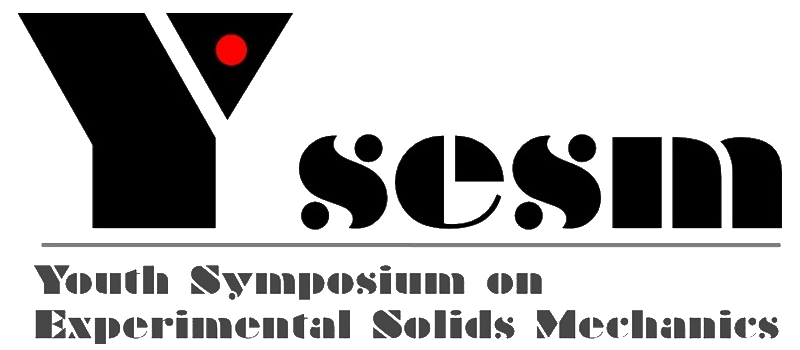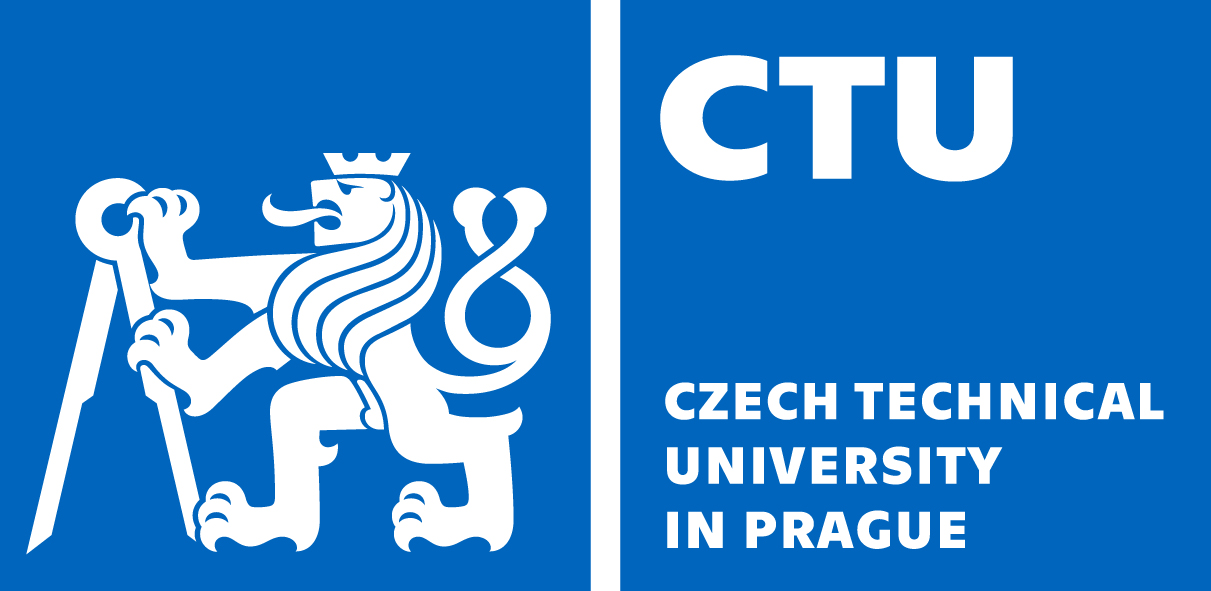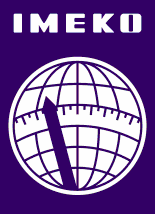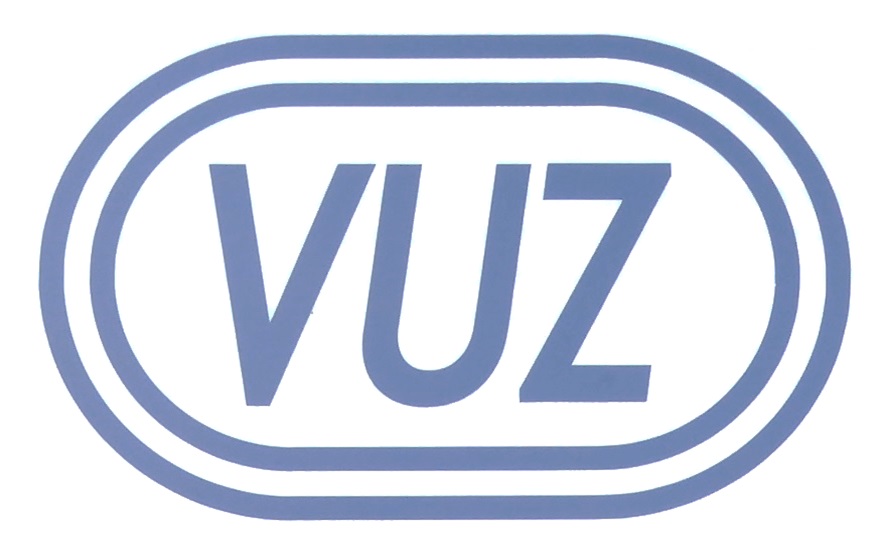June 11th - June 14th, 2023
Telč, Czech Republic
| Petr Koudelka |
 |
 |
| Institute of Theoretical and Applied Mechanics, Czech Academy of Sciences |
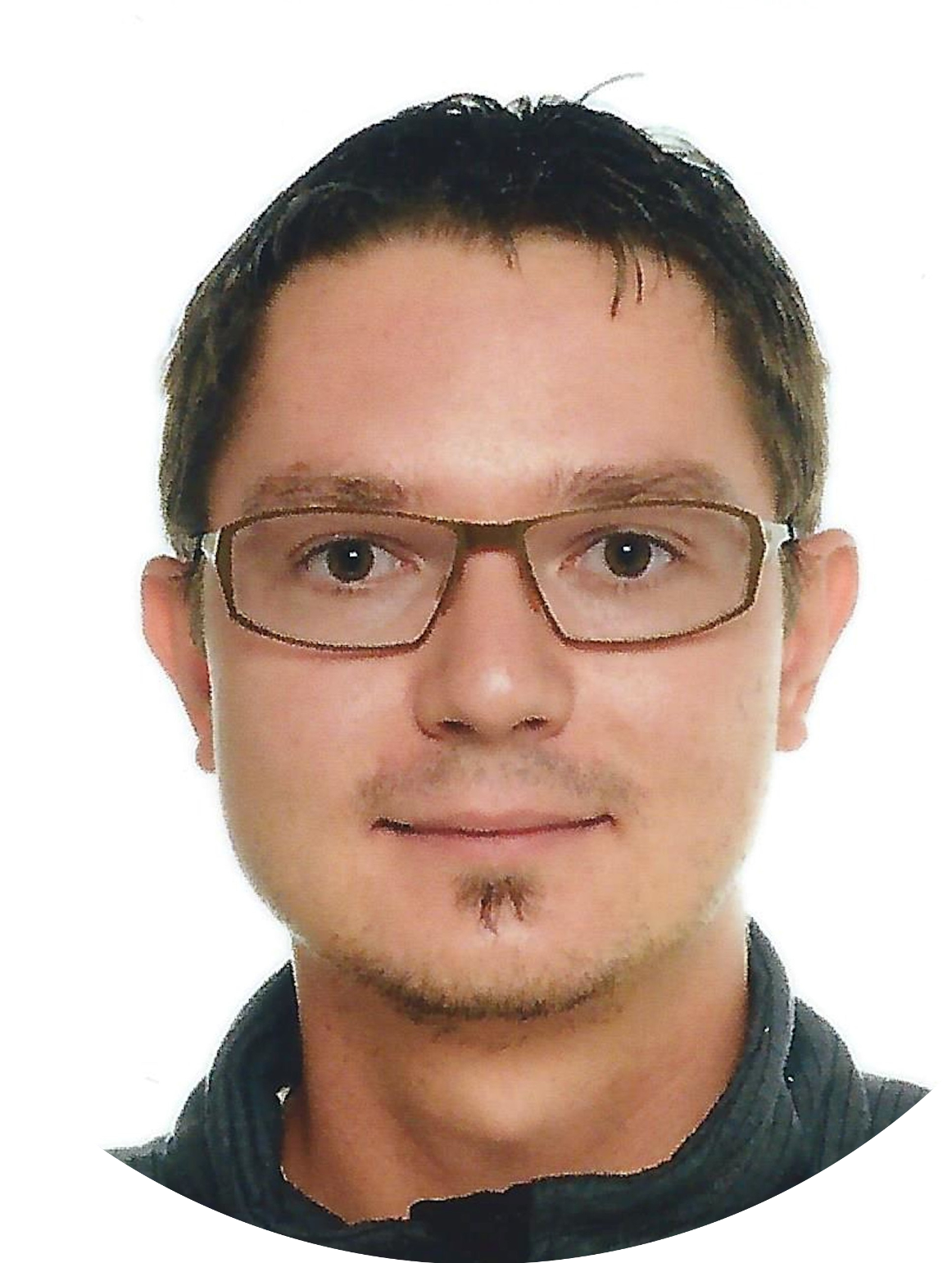 |
|
Dr. Petr Koudelka is a researcher at the Faculty of Transportation Sciences, Czech Technical University in Prague, and at the Institute of Theoretical and Applied Mechanics, Czech Academy of Sciences. He received the Doctor of Philosophy degree at the Faculty of Transportation Sciences, Czech Technical University in Prague, in 2020 for defending the thesis entitled "Numerical modelling of auxetic structures", where he focused on numerical modelling of dynamic compression of 3D printed auxetic lattices using a combination of SHPB experiments and explicit finite element modelling in LS-DYNA. His research interests include finite element modelling, instrumentation of advanced mechanical experiments using high-speed visible light and infrared imaging systems, use of ionizing radiation in material sciences, and computed (micro)tomography. He is also certified for a special professional competence in radiation safety and serves as a supervising person in radiation safety for the Faculty of Transportation Sciences, Czech Technical University in Prague. His publication records comprise more than 60 items including over 20 scientific papers published mostly in high ranked journals in the field of mechanics and materials science.
|
LABORATORY X-RAY IMAGING IN MATERIAL SCIENCES |
|
In recent decades, X-ray imaging and computed (micro)tomography (XCT) in particular have become common tools for volumetric inspection, visualization, and analysis of internal structure in materials from various fields [1]. In this lecture, we will explore various applications of laboratory X-ray imaging chains utilizing the combination of tomographical imaging with mechanical, thermal, or chemical loading of the irradiated sample in a so-called time-resolved imaging allowing for unprecedented insight into different phenomena driving fundamental processes encountered in various fields of material science. We will show that failure processes in engineering or geological materials [2] can be thoroughly studied by synergy of information from radiographical imaging and other methods including acoustic emission detection and optical measurements via high-speed visible-spectrum and thermal-imaging cameras, where the radiography provides important spatial information regarding deformation processes evolving within the tested samples that could not be obtained otherwise. The state-of-the-art the laboratory based imaging chains for investigation of dynamic response of materials under loading will be also discussed including high speed X-ray radiography utilizing a powerful X-ray source during high velocity impact as an approach suitable for inspection of an impacted sample. As an alternative to both conventional high-power sources and accelerator facilities, capabilities of a flash X-ray system developed primarily for in-situ ballistics research providing very short bursts of an extremely powerful intermittent X-ray radiation with a typical duration of dozens of nanoseconds will be shown.
|
|
|
| [1] Withers, P. J. et al. X-ray computed tomography. Nature Reviews Methods Primers 1 (2021). |
| [2] Vavrik, D. et al. Local fracture toughness testing of sandstone based on X-ray tomographic reconstruction. International Journal of Rock Mechanics and Mining Sciences 138 (2021). |

